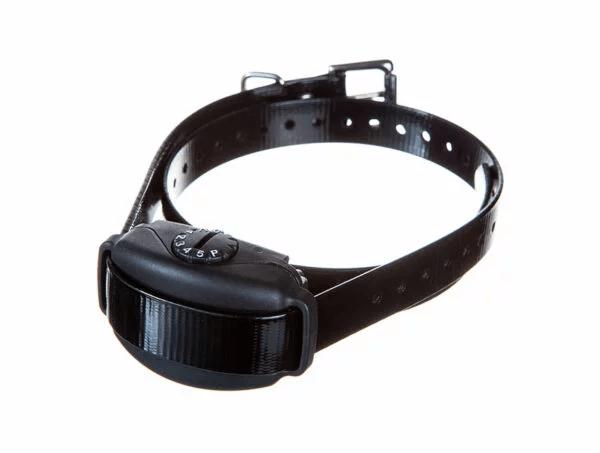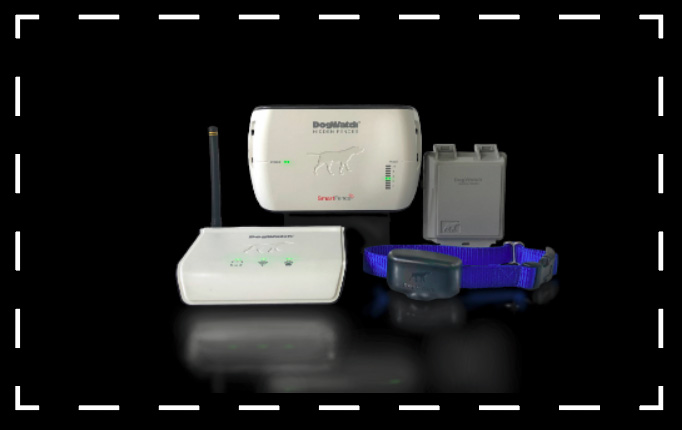
In the world of dog training and behaviour modification, electronic collars and shock collars are two terms that often come up. While they might seem interchangeable, there are important distinctions between the two. Understanding these differences can help pet owners make an informed decision when choosing the right training tool for their furry friends. In this article, we will explore what electronic collars and shock collars are, and discuss which option may be better suited for your dog.
What are Electronic Collars?
Electronic collars, also known as e-collars or remote training collars, are devices designed to aid in dog training by providing feedback and guidance to the dog. These collars typically consist of a receiver that is worn around the dog’s neck, and a handheld remote control operated by the pet owner or trainer. The remote control allows the user to deliver different types of stimuli, such as vibrations, sounds, or mild electronic stimulation, to the dog via the receiver.
The purpose of electronic collars is to establish clear communication between the pet owner and the dog, especially in situations where verbal commands or physical cues may be ineffective or impractical. They can be used for various training purposes, including obedience training, recall training, and behaviour modification. Electronic anti barking collars use the stimulus of barking to trigger the collar rather than a remote control.
What are Shock Collars?
Shock collars, on the other hand, are a specific type of collar that primarily deliver electric shocks to the dog as a form of correction. These collars typically have multiple levels of intensity that can be adjusted according to the dog’s response and training needs.
Shock collars are controversial and have sparked debates about their ethical implications. Concerns about the potential for causing pain or distress to dogs have led to increased scrutiny and regulation in some jurisdictions.
Which is Better – an Electronic Collar or a Shock Collar?
When it comes to choosing between an electronic collar and a shock collar, it is obviously recommended to opt for an electronic collar that offers a range of stimuli rather than delivering a painful shock. This approach provides more versatility and allows pet owners to select the most appropriate and humane form of feedback for their dogs.
For those seeking an effective and humane training tool, the BT7 Electronic Dog Collar from Hidden Fence is a noteworthy option. The BT7 collar employs vibrations and sounds as the initial forms of feedback, ensuring a gentle and non-painful approach to training. It features adjustable sensitivity levels and a progressive correction mechanism, making it suitable for dogs of various breeds and temperaments.

By utilising electronic collars like the BT7, pet owners can communicate effectively with their dogs, reinforce desired behaviours, and discourage unwanted behaviours without resorting to painfull shocks. However, it is important to note that the success of training ultimately depends on responsible and consistent use, along with positive reinforcement techniques.
In conclusion, the main difference between electronic collars and shock collars lies in the type of stimuli they deliver. While electronic collars encompass a broader range of stimuli, shock collars specifically deliver painfull electric shocks as a correction method. When choosing a training tool, it is advisable to opt for electronic collars that offer alternative stimuli like vibrations or sounds, as they provide a more versatile and humane approach. The BT7 Electronic Dog Collar is a reputable choice, providing effective training without resorting to painfull shocks.
Explore the features of the BT7 Electronic Anti Bark Collar Here


